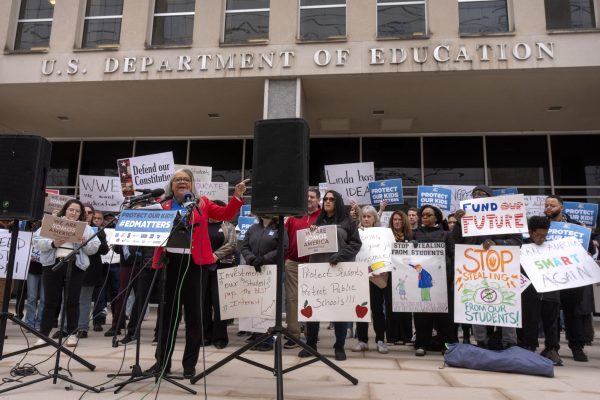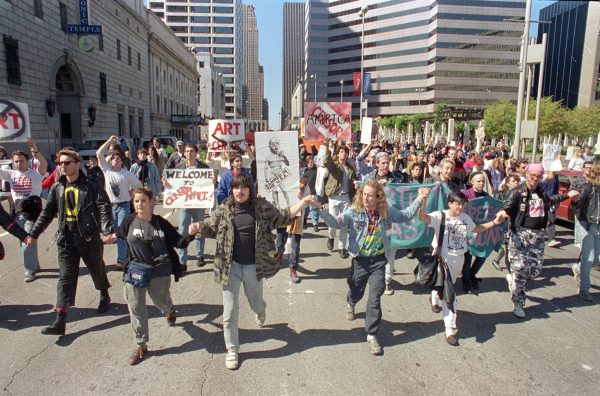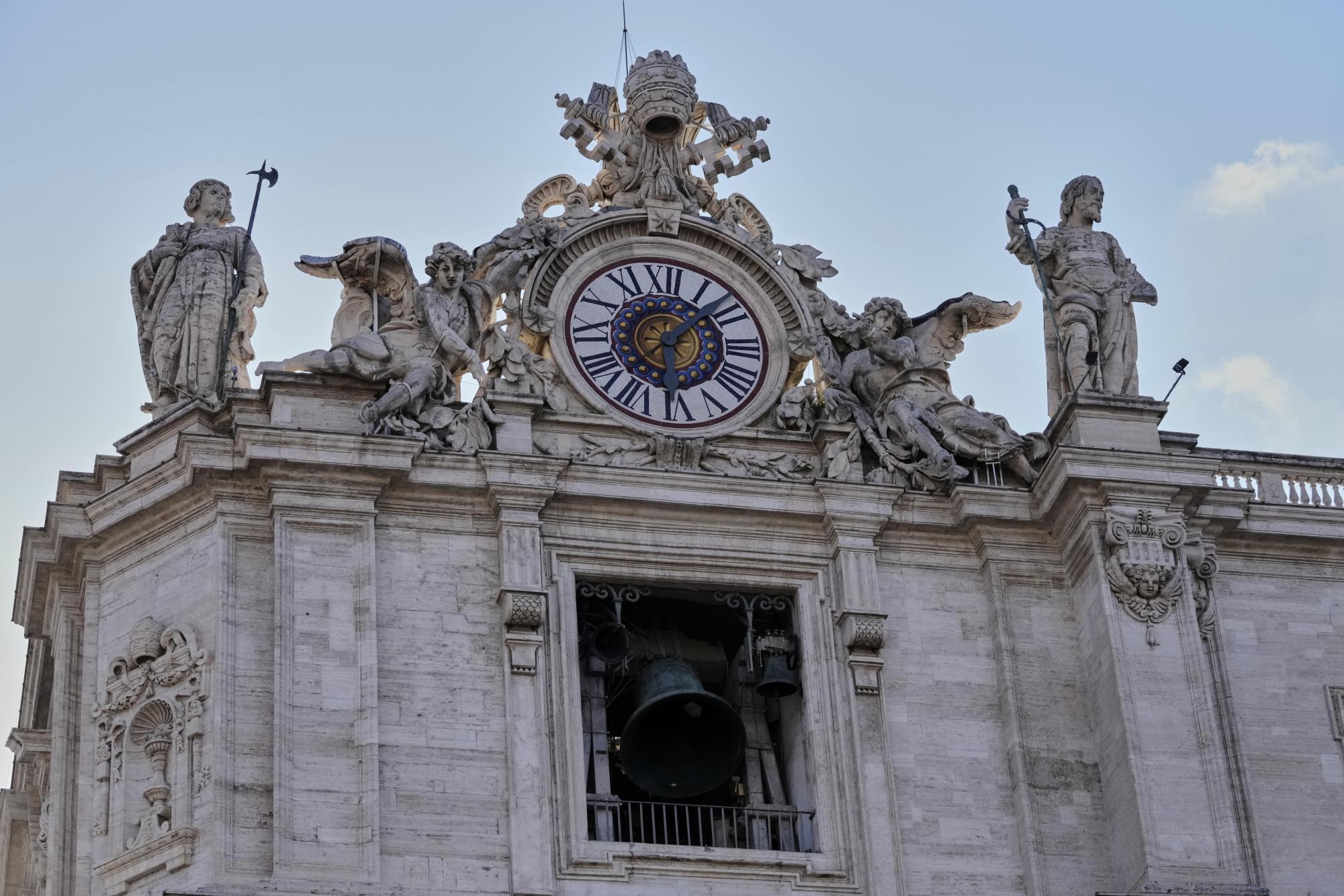
Art has always been rooted in politics as a form of protest, voice, and expression. The arts are facing a bigger threat than ever before due to our current political climate and the Trump administration’s new policies. This is about more than creativity; it is about voice, identity, and political expression.
Tension between power and expression is just as alive today, not in chapels or stadiums, but in classrooms, libraries, and local theatres. In May, the Trump administration once again proposed eliminating the National Endowment for the Arts (NEA) and the National Endowment for the Humanities (NEH) in its 2026 budget.
This may seem like an insignificant debate with little real impact. However, the arts are more than Broadway performances and national museums.
The NEA and NEH also fund community theaters, public libraries, and even high schools like GBHS, which has many active arts programs, clubs, and electives.
Funding matters everywhere, no matter the place. According to NEA records, nearly 40% of their grants go to high-poverty areas. When this funding gets cut, the arts become even less accessible to people searching for their voice and their way of expression. This is exactly why funding cuts matter: art has always spoken to power.
That’s why examples of art speaking to politics matter. They show us what is at stake and when expression is silenced. Some familiar examples of politics in art include Kendrick Lamar’s Super Bowl halftime show, with reference to Uncle Sam, the American flag, and commentary like: “The revolution’s ’bout to be televised, you picked the right time but the wrong guy.”
Musicals like Cabaret, set in Berlin during the rise of the Nazi Party, and Hamilton, set during the American Revolution, show how theater can bring politics to life.
Books like 1984, The Handmaid’s Tale, and other classics of political and dystopian literature face being unfairly banned because of their message and content.

Even smaller outlets like political cartoons, street art, or poetry show how art is humanity’s way of standing for what we believe in, expressing our thoughts, and protesting political issues.
But there is another layer: control. When funding cuts come from above, they do not just make the arts harder to access—they reshape what kind of art survives.
Institutions like the Kennedy Center are a perfect example. On the surface, it represents prestige and national support for the arts.
But when its funding and leadership are influenced by politics, the art it chooses to elevate is filtered and limited by political bias. Instead of pushing boundaries, art in these spaces risks being reduced to what is “safe,” palatable, and aligned with those in power.
That is not the role of art.
If national institutions feel the need to play it safe, what message does that send to young artists and people like us? Art thrives when it provokes, when it challenges, when it unsettles us into seeing the world differently. When we allow politics to dictate what art gets made and who gets to make it, we are no longer preserving culture—we are censoring it.
The message sent to young people is especially damaging because it says that their creativity only matters if it fits within narrow limits. Students searching for their voices are told, directly or indirectly, that art is acceptable only when it does not rock the boat.
But history shows us the opposite. Art’s true impact has always come from its willingness to disturb, question, and demand change.
At some point, we have to ask: where is this going? Why are we letting one group of people decide what art is “relevant”? Why are we teaching young people to hold back instead of to push forward? Why do we accept silence when expression is what keeps a society alive?
Politics and art have always been intertwined. From Shakespeare’s critiques of monarchs to the Harlem Renaissance to modern protest music, the arts have been the heartbeat of social change. Defunding or controlling them does not just affect artists.
It weakens communities, silences students, and dulls the voices that push society forward. When art loses its freedom, so do we.


